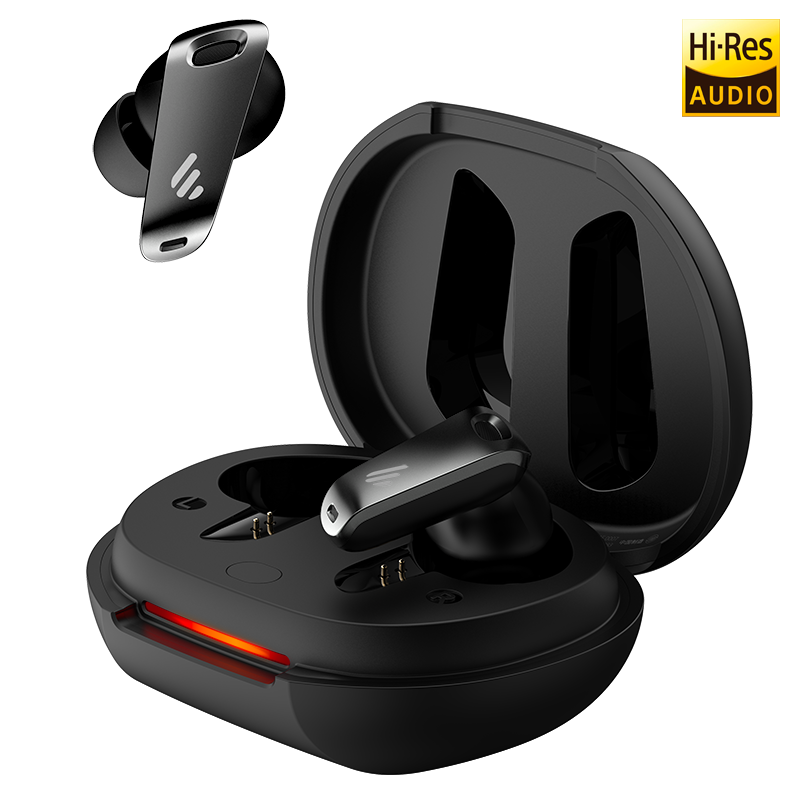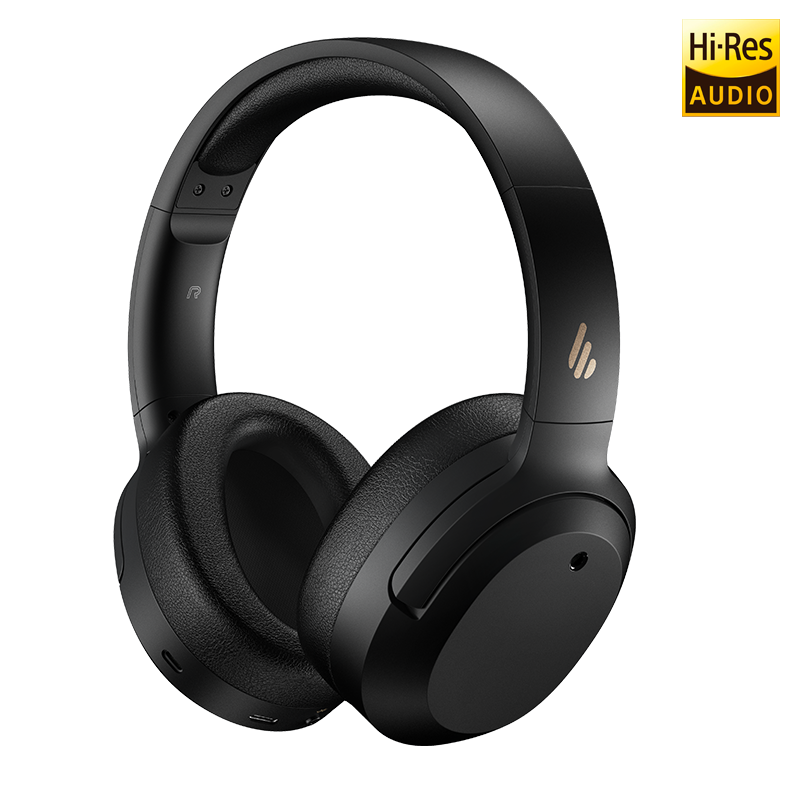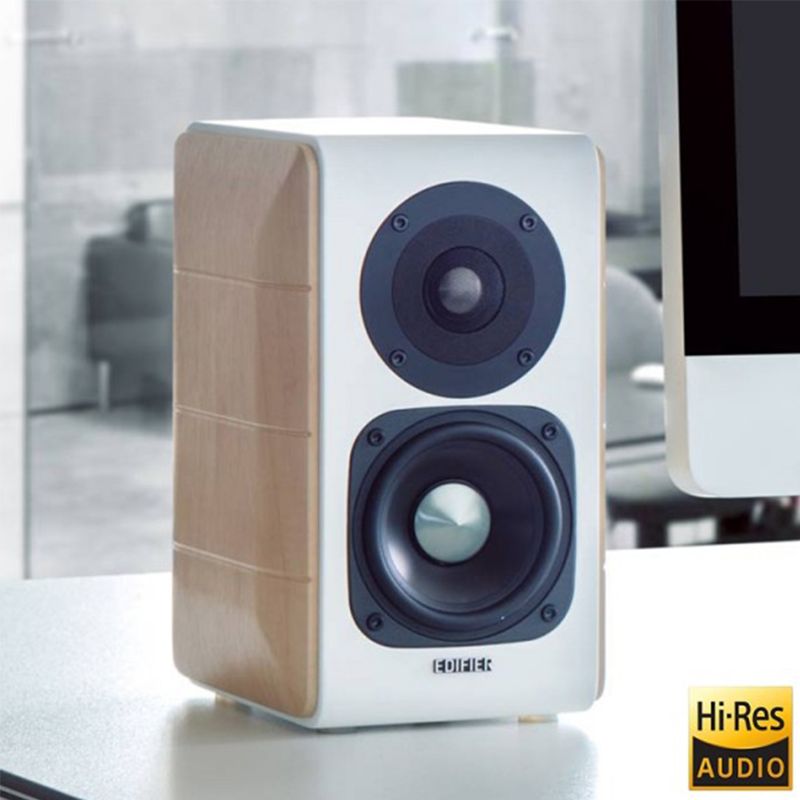Audiophiles and casual listeners alike are always looking for ways to experience recorded music in its purest form. When CDs (compact discs) were first introduced in the 1980s, it was a tremendous achievement and the biggest technological leap for home music enjoyment in decades.
As audio technology has continued to mature and evolve, we now live in an age where an even better listening experience is possible. The next big leap in audio technology has arrived: high-resolution audio, or hi-res audio.
In this article, we’ll explain the basics behind hi-res audio, and discuss the benefits of listening to your favourite music in this exciting new format.
What is high-resolution audio?
In order to avoid confusion, the most influential brands and groups in the audio industry cooperated to standardise the technical specifications of hi-res audio. By its simplest definition, high-resolution audio is a collection of digital technologies that result in the playback of music at a quality that surpasses traditional CDs. But you should know that there are strict performance requirements that must be met in order for listening equipment, like bookshelf speakers, to be considered hi-res audio devices.

NeoBuds Pro

W820NB

Gx
CD Quality vs High-Resolution Audio
Digital audio formats are commonly measured by two technical components called sampling rate and bit depth.
Sampling Rate
The sampling rate (or sampling frequency) refers to the number of times per second that an analog signal is sampled in order to convert it into digital audio. A higher sampling rate will, in part, contribute to a high-fidelity conversion from analog sound waves to digital audio. CDs, for example, contain audio that was converted at 44.1 kHz/second, an industry standard—so for every second of music, the original analog recording was sampled 44,100 times. By contrast, high-res audio typically uses 96 kHz or 192 kHz sampling rates, up to more than four times the sampling rate of a CD! The end result is digital audio that is a more accurate and complete reproduction of the original analog signal. Although sampling rate is important (especially for reproducing high frequencies), it is only one part of the equation in hi-res audio; enter bit depth.
Bit Depth
While the sampling rate determines how many times per second we capture a snapshot of an analog waveform, the bit depth affects how accurate those measurements are. If the bit depth is too low, our digital reproduction will lose crucial information and suffer from the poor sound quality. Let’s continue to use CDs as our benchmark; the digital audio information on an average compact disc is encoded at 16-bit resolution. This means there are 44,100 samples for every second of music. By contrast, high-resolution audio formats utilize 24-bit resolution, with over 16 million possible values per sample. That’s 256 times the potential accuracy for each sample compared to a CD.
Now that we’ve defined crucial terms like sampling rate and bit depth, you can probably better understand how high-resolution audio fits within the landscape of digital music. The two most common high-resolution specifications are 24 bit/96 kHz and 24 bit/192 kHz. These two specifications actually transmit 3.2x and 6.5x more digital audio information compared to CDs. And as a result, hi-res audio offers a more complete listening experience, with the most detailed and immersive music reproduction you’ve ever heard.
How to Enjoy Hi-Res Audio the Certified Way?
We’ve determined that hi-res audio is any audio that is higher quality than a CD, and it uses at least 24 bit/96 kHz for playback. The official Certified Hi-Res specification also includes very specific requirements for speaker and headphone performance. In order to be Certified Hi-Res, bookshelf speakers and headphones must be capable of reproducing frequencies up to 40 kHz or above. This is well above conventional hi-fi speakers that may offer a frequency response of up to 20 kHz. Additionally, Certified Hi-Res playback devices, like a set of digital bookshelf speakers or audio receivers, must be able to convert 24 bit/96 kHz digital signals into analog audio for listening.
Lossy Compression
Did you know that while streaming services like Spotify, Apple Music, and others offer audio quality that’s generally considered on par with CDs, the audio is actually greatly compressed? That’s right! Through the wonders of technology, engineers have come up with ways to compress CD audio, from a rate of approximately 1,400 kbps, down to 256 kbps without a perceived loss in quality. These streaming services use a compression technique, or codec, that actually strips away information that, in theory, is imperceptible to human hearing. This is sometimes called lossy audio compression and it’s the subject of much debate in the audiophile community.
Lossless Compression
Uncompressed hi-res audio requires a data transfer rate of about 4,600kbps, significantly higher than CDs and digital music services that use lossy audio compression. In contrast to services like Spotify and Apple Music, hi-res streaming services like Tidal and HDtracks use a method called lossless compression, which achieves high-resolution audio through compression but without removing any of the information lost when using a lossy audio codec. Lossless compression is believed to offer the best of all worlds—no-compromise, high-resolution audio combined with file sizes that are still suitable for streaming.
How to Look for the Certified Hi-Fi Logo?
When you’re ready to take your listening experience to the next level, there are some steps you can take to make sure you get the performance you deserve.
1. Look for the “Hi-Res Audio” badge on any products you purchase. Products like these have been officially certified by the audio industry to meet the strict requirements of high-resolution audio.
2. Be careful, some products may market themselves as Hi-Res, but may not actually be certified, so look for that badge. Since it’s a big deal, it will probably be on the product and packaging in plain sight.
3. Make sure all the components of your audio chain are Hi-Res Audio Certified. If you’re streaming Tidal through your high-res playback device (like a hi-res capable smartphone or computer that supports 24-bit/96kHz) but your speakers are not Certified Hi-Res, you won’t be experiencing your music in high resolution.
Once you have your Certified Hi-Res Audio solution in place, it’s time to sit back and experience your music like never before, with ultimate detail and clarity. Enjoy!


